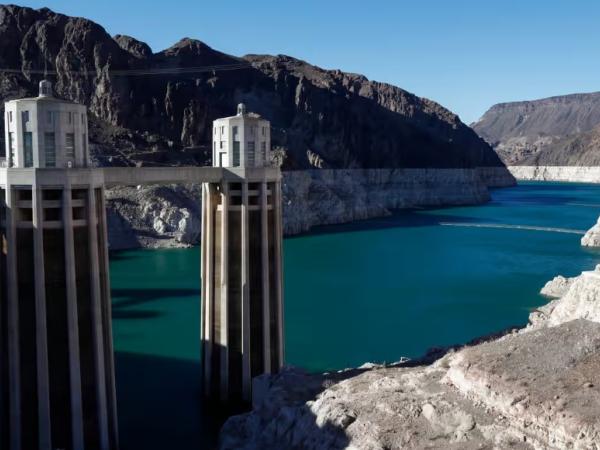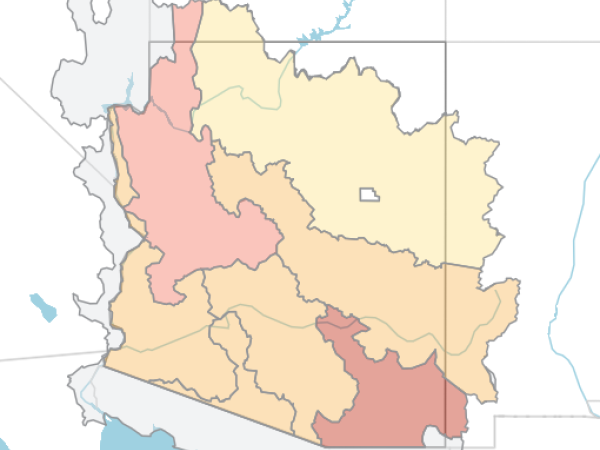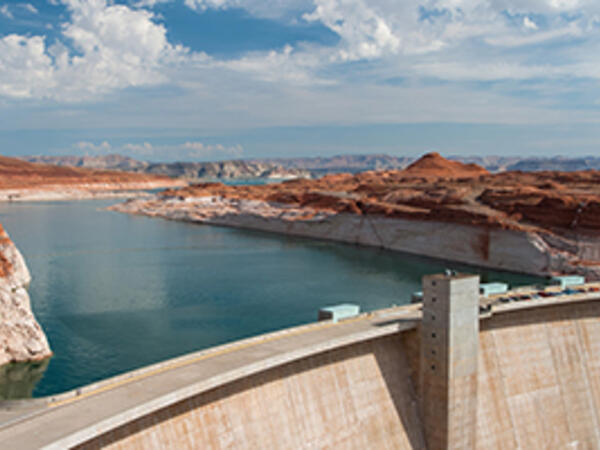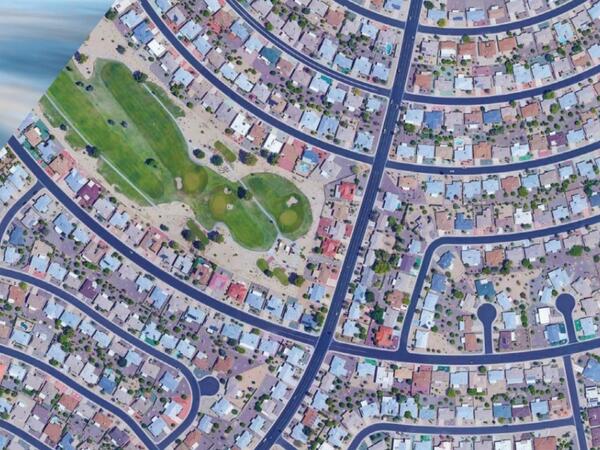Several reservoir and water management decisional documents and agreements that govern the operation of Colorado River facilities and management of the Colorado River are scheduled to expire at the end of 2026. These include the 2007 Colorado River Interim Guidelines for Lower Basin Shortages and Coordinated Operations for Lake Powell and Lake Mead (2007 Interim Guidelines), the 2019 Drought Contingency Plans, as well as international agreements between the United States and Mexico pursuant to the United States-Mexico Treaty on Utilization of Waters of the Colorado and Tijuana Rivers and of the Rio Grande (1944 Water Treaty).
The Bureau of Reclamation announced its intent to prepare an Environmental Impact Statement for post-2026 operations and solicited public comments on the scope of specific operational guidelines, strategies, and any other related issues that should be considered in the upcoming Environmental Impact Statement. This input was used to develop the proposed federal action, which allows for developing robust operating guidelines for Lake Powell and Lake Mead without precluding upstream or downstream activities needed to protect critical reservoir elevations at Lake Powell and Lake Mead. The action also is intended to allow for the development of innovative and flexible operating guidelines that provide improved predictability of water availability and enhanced opportunities for conservation.
The Colorado River is over-allocated, meaning that the total volume of water users are entitled to on paper each year nearly always exceeds the physical amount of water the system produces. Over two decades of drought have compounded this problem, and many experts believe that climate change will cause long-term reductions in the Colorado River’s flows.
According to the U.S. Geological Survey, every temperature increase of 1 degree Celsius (1.8 degrees Fahrenheit) in the Upper Basin results in a 9.3% reduction in flows. Learn more.
Colorado River water imported into Central Arizona via the Central Arizona Project (CAP) canal is used by municipal water providers in five main ways:
- It can be delivered to a surface water treatment plant, where it is treated to meet Safe Drinking Water Act requirements and then pumped through the municipal water provider’s transmission and distribution system to customers’ taps
- It can be delivered directly to a non-potable use such as a park or golf course
- It can be delivered to another entity in exchange for other water sources
- It can be delivered to an underground storage facility (USF) for percolation into local aquifers, or
- It can be delivered to a groundwater savings facility (GSF) where it is used to grow crops.
Municipal uses are modest, encompassing only 13% of our total Colorado River Basin water use.
Outside of municipal uses, Colorado River water is used for irrigated agriculture (59%), reservoir evaporation (12%), and riparian and wetlands (16%).
Tools
Fact sheets
Research and policy briefs

Arizona Guide to the Expiration of the 2007 Operating Guidelines for Lakes Powell and Mead
In response to drought and declining reservoir levels, in 2007 the seven states that share Colorado River water agreed to new guidelines for managing the system; the guidelines and additional measures will expire in…

Research brief: Declining freshwater availability in the Colorado River Basin threatens sustainability of its critical groundwater supplies
The Colorado River Basin, a crucial water source for several U.S. states and Mexico, is facing a severe and ongoing decrease in freshwater – both surface and groundwater. This decline is mainly due to the changing…

Floating Pools & Grand Bargains
Negotiations over the future of the Colorado River hinge on a bold new idea: Floating Pools — reserved water storage designed to reduce conflict and avoid litigation between Upper and Lower Basin states. Our new report…

More Elusive Than Ever: Arizona’s Assured Water Supply Protections Under Colorado River Shortages and Groundwater Scarcity
In the state's most urban areas, Arizona's Groundwater Management Act prohibits the sale of subdivision lots that lack a 100-year assured water supply. Allowing groundwater to qualify as an assured supply conflicts with…

Impacts of Colorado River Shortage to Tap Water Deliveries in Central Arizona
This primer from the Kyl Center for Water Policy provides information regarding Colorado River shortage impacts to the provision of tap water.
Newsletters
Interested in keeping up with our events, news, and resources? Sign up for our newsletter today!
Sign up